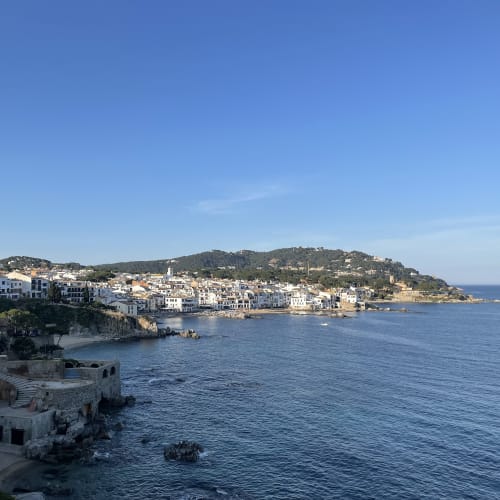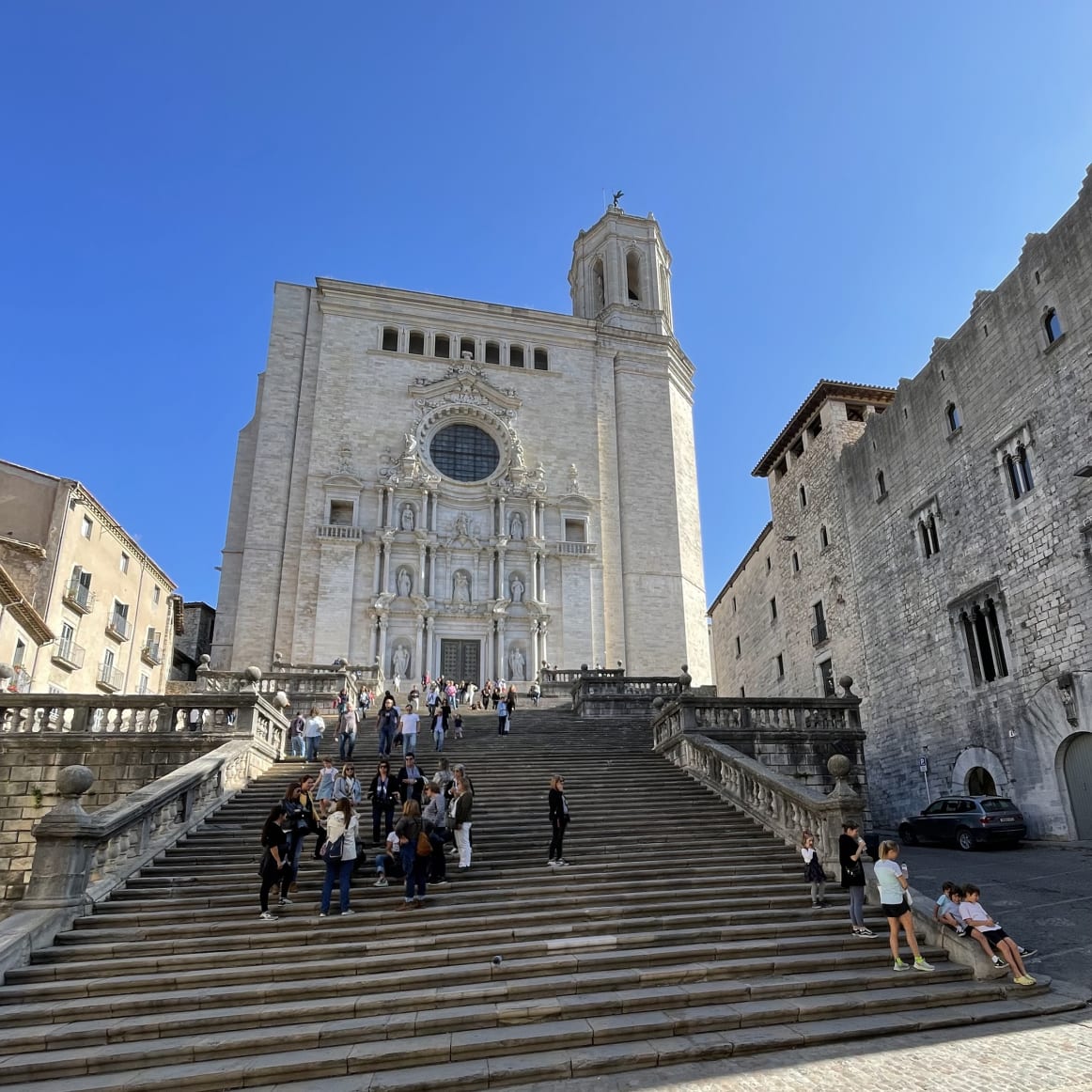Three Kings Sale - Up to 40% Off! Shop Sale
Barcelona Byways
Don Harris | February 2015




Often times my Spanish friends will tell me how much they enjoyed their visit to the United States. But when I inquire about their trip they tell me that their visit was confined to Manhattan or Miami. As entertaining or amazing as these two cities are, they do not typify most of the U.S. If they had only sought some advice, how much more of our amazing country they could have enjoyed!
The same is often the case when my American neighbors say they are planning to visit Spain – yet the tour is often limited to a flight to Madrid or a cruise ship layover in Barcelona. Both are wonderful cities without a doubt, but there is so much more to explore!

For anyone planning to travel to Spain, I would like to pass onto you a few tips on how to get the best out of your visit that are the result of 50 years of travel throughout Spain.
I will start with some practical knowledge that will help you leave the beaten path. First, although it is always more enjoyable if you can speak some Spanish, you can more than 'get-by' with English. Spaniards are warm and receptive people.
Secondly, ATM’s are everywhere—even in the small towns, and credit cards are generally accepted (before you leave home, tip off your credit card bank that you will be traveling overseas). For this reason, we rarely carry over 100 Euros in our wallets.
Thirdly, before we leave the USA, we always book a rental car at the arrival airport, whether in Madrid, Sevilla or Barcelona. Ruth and I are no spring chickens, yet driving is still no problem for us - the Spanish infrastructure is better than ours, and the highways are clearly marked. This way you can stop at a rustic village or two as the spirit moves you, then rocket on to your final destination. If you do not want to drive, the train system is excellent.
Finally, if you are ever in doubt as to where to spend the night, you can count on the beautiful Parador hotels run by the Spanish government – there are over 80 of them – most are restored monasteries, palaces, castles or other historical sites. Some are amazing: a former 15th century pilgrimage hostel built by Queen Isabella in Santiago de Compostela; a Parador located on the grounds of the Alhambra fortress in Granada; or a towering castle in Sigüenza where we often stay the night before catching our flight home. You can book them ahead of time online.
Lately many of my friends say they would like to stay close to the beautiful port city of Barcelona. Today I will share some travel tips on how you can visit some of Spain’s most beautiful destinations, all within a short drive of the city.
One hour north of Barcelona you can visit ancient Girona to see the rare, thousand-year-old needlework Creation tapestry in the huge cathedral (3rd widest in the world), and a fascinating Sephardic (Jewish) quarter with a rare mikveh and Center for Jewish Studies.
If culture is not your primary interest, the Costa Brava is but 90 minutes east, with rugged Mediterranean beaches. The Parador Aiguablava is a wonderful site where you can relax above the crashing surf. The area is fascinating, and if you are up to wandering a little in a car, you could visit our friends Hans and Daida who live in a medieval finca and produce Can Solivera - among the best olive oils in Spain.
Just a few kilometers north from the relaxing Parador is one of the most interesting complexes in the medieval world of Catalunya. Here we find three elements that were the pillars of feudal society. You can explore ruins of the dramatic Sant Pere de Rodes monastery, which juts out from the shores of the Costa Brava. It was built a thousand years ago to house pilgrims and is beautifully restored. On the pathway to the monastery is the tiny village of Santa Creu de Rodes. Because of the pilgrimages, it thrived between the 12th and 14th centuries and had as many as 250 inhabitants. It was eventually abandoned due to wars, the plague and poor harvests, freezing the village in time. Finally, on your exploratory hike you will find the ruins of Verdura Castle, a fortress towering over the complex. All the while you will enjoy the breeze blowing from the Mediterranean Sea.

Yet another appealing option is to drive northeast one hour to the ancient city of Vic. It is noted for its Salchichón de Vic, a famous dry cured sausage, as well as an amazing new museum filled with medieval wood carvings from remote churches and monasteries that are located in the interior valleys of the rugged Pyrenees. These formidable mountains delineate Spain from the rest of Europe.
If what you see in Vic whets your appetite for 10th-12th century art, I can connect you with my friend Marina, a retired school teacher living with her husband in an 800 year old house. What a warm and intelligent woman she is - and totally Catalan in her outlook. She will guide you north into small villages in the Pyrenees that she has known all her life.
There is so much more you can see by ever so slightly straying off the beaten path. You can expand beyond the usual tourist attractions – though you shouldn’t miss the Boquería market full of astonishing seafood and produce, or the Museum of Catalán Art. But you need not be confined to the well-worn paths of the tourists.
If you follow my suggestions you may never see an American tourist! My favorite hamlet is Sant Joan de les Abadesses, named after a monastic abbey founded by Wilfred the Hairy (!) over a thousand years ago in 886 AD. Displayed behind the altar you would see what many say is perhaps the most moving example of 10th century Christian art. You will not see it in any museum - yet it is only two hours from Barcelona (if you know where to go!)
With a little extra effort you can create a much more meaningful and fascinating trip.

